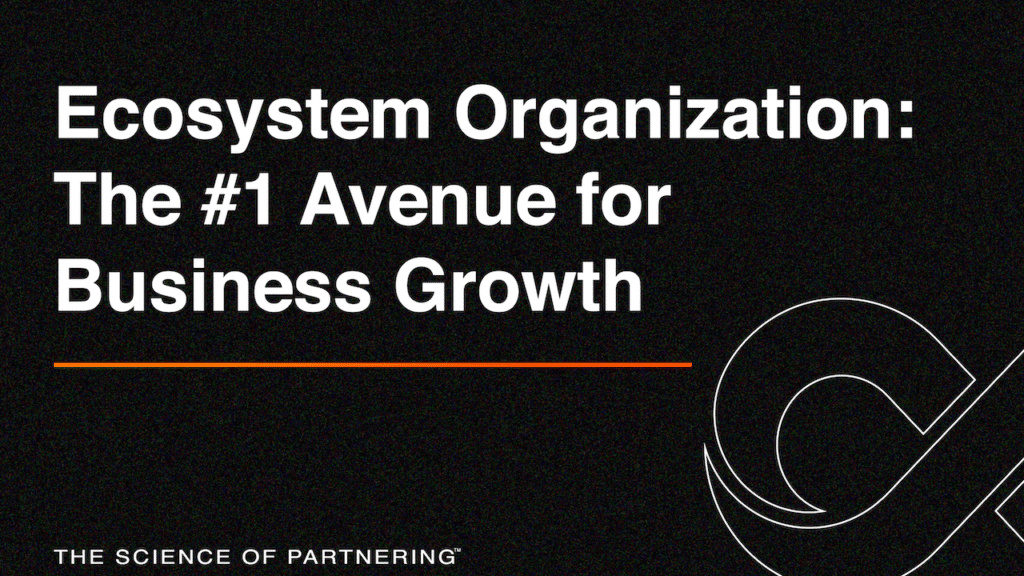In the Decade of Ecosystems, the partnering function must have representation in all facets of the business. Organizations that see partnerships as a siloed team will fall short of their more visionary peers. Representatives from every function must start each day asking themselves, “How can we leverage the capabilities of others to create a paradigm shift that produces exponential value for our ideal customer?” And follow that question with, “What unique assets and know-how can our organization share with complementary players so we can create a multiplier effect?”
In the Decade of Ecosystems, organizations must innovate like never before. The big shift in innovation is to think of collaboration FIRST as opposed to the traditional mindset of “how can we build and own” the solution. Customers are demanding bigger “easy buttons” today. Digital, process and philosophical integrations are now allowing companies to offer more seamless solutions that answer the customer’s “job-to-be-done.”
In the Decade of Ecosystems, opportunities to influence action and achieve network effects are everywhere. Influence equals leadership and leadership gets results, even when a map and compass do not exist. This decade is ripe for pioneers and explorers. The collection and analysis of critical data will provide amazing insights to these pioneers. No longer do we have to guess or “trust our gut.” Smart systems provide strategies and probabilities that will become smarter as the systems continue to learn. The power of networks (digital, commercial, and relational) will continue to be realized. Nobody can hide and top performers will easily be discovered.
In the Decade of Ecosystems, the marketing function will continue to be critical for organizations. However, a major shift will take place. Rather than filling the traditional and narrow role of finding and nurturing customers through their buying journey, expertise will grow to include customer retention and partners. Marketers will help identify, recruit, and nurture a host of partners with diverse expertise. The number of ideal partners is far less than the number of ideal customers that marketing teams are used to communicating to, so messaging and execution will increase in importance.
In the Decade of Ecosystems, the sales function will experience several shifts. The greatest addition will be an expanded toolbox that will offer insights, connections, and explicit recommendations of how to more effectively co-sell with other industry players. Rather than take the traditional “grab your back and walking shoes” to knock on doors, sales teams will leverage new and powerful data systems that proactively provide a “low hanging fruit” list. However, the big winners will be the professionals who understand “give to get” as opposed to the transactional “zero-sum” mentality. Co-selling is partner selling and the all-stars in this game view sales as a marathon of building network effects, not a 40-yard dash to fill this month’s quota.
In the Decade of Ecosystems, the success team is not just customer success, but also partner and ecosystem success. Client, employee, and partner retention are vital metrics of health and long-term viability. Organizations must work both internally and in lock-step with their partners’ organizations to ensure customers, partners, and employees have no reason to leave. In the ecosystem economy, average revenue per user (ARPU), subscription growth, retention rates, and 5-star reviews are the top metrics on the financial scoreboard.
Every partnering professional has a very important role to play as we collectively help define what partnering will mean for generations to come. The profession of partnering has truly arrived and taken center stage. Every company’s ability or inability to partner will directly define its ability to succeed. Welcome to the greatest show on earth – welcome to the #DecadeOfEcosystems.


